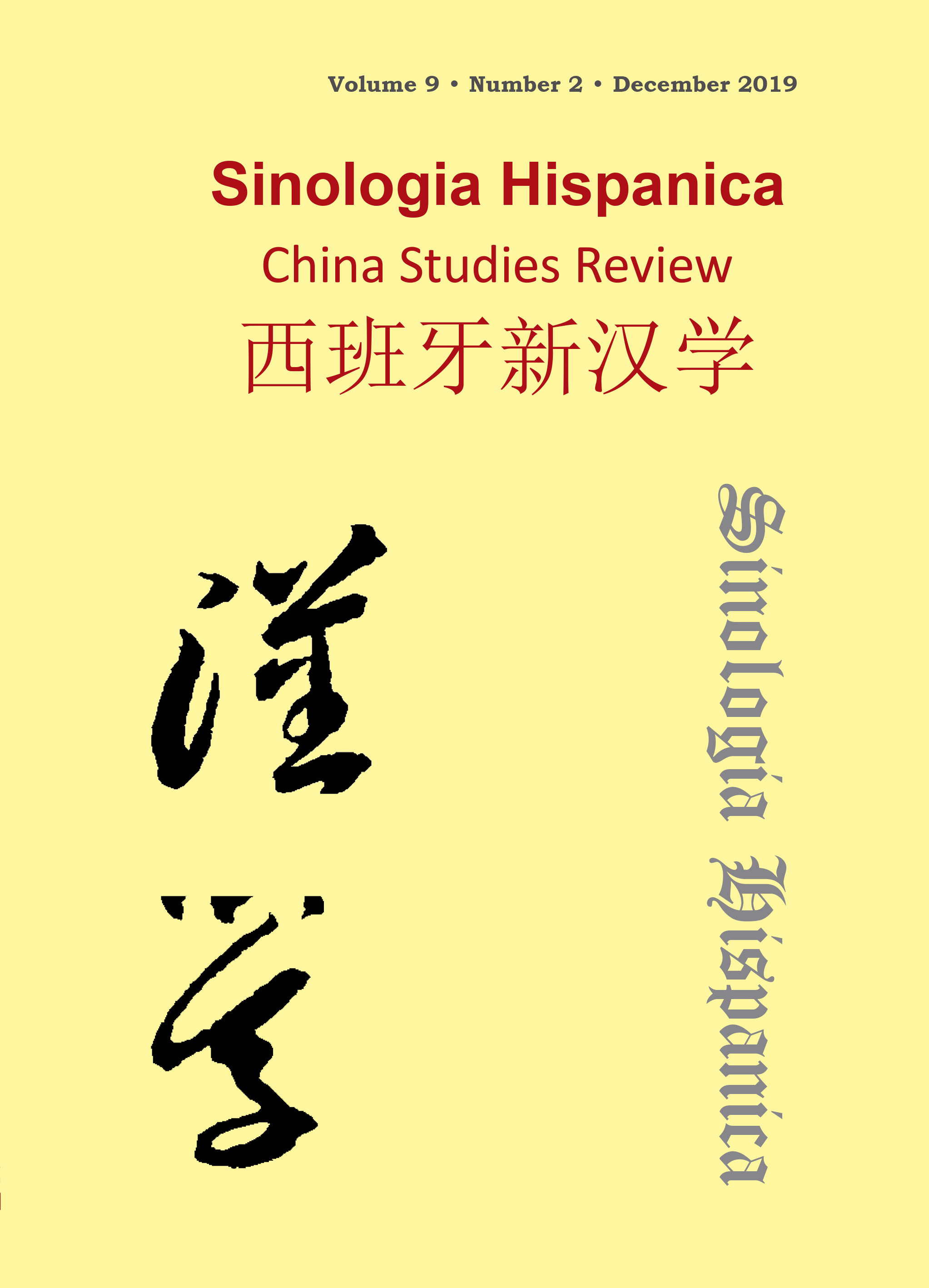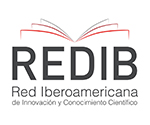The “classifier” Category in Mandarin Chinese and Other Languages
DOI:
https://doi.org/10.18002/sin.v9i2.6192Keywords:
classifier languages, classifiers, Chinese/Spanish, grammar, semantics, pragmatics.Abstract
This paper contextualizes Mandarin Chinese within the general framework of the “classifier languages” of the world: Asian, Oceanic, Amerindian and African languages. It demonstrates that there are indeed many similarities among them, despite being geographically separated and not having any type of relationship. It continues analyzing the concept of "classifier" and the various types of classifiers in Chinese (individual, collective, partitive, temporary and standard or measure words), and comparing them with lexical and grammatical resources used in the Spanish language to express sense (recategorization) it resorts to some sort of "classifier". This paper demonstrates how “gender”in European languages is a grammar concept, semantically empty, so it should never be confused with
a “classifier”. It recognizes how sometimes the overuse of classifier turns them into mere morphemes
devoid of meaning, and other times keeps alive their semantic strength and continue denoting some
perceived or imputed feature of the referent. This paper concludes by rejecting two widespread ideas:
1. The “primitivism” of classifier languages (against greater mental, logical and abstract development
of the Indo-European languages). 2. The determinism in the categorization of the world and creation
of a world view, as classifiers are conventional, with a strictly semantic role, but not cognitive nor
deterministic.
Downloads
Métricas alternativas
Downloads
Published
How to Cite
Issue
Section
License
Copyright (c) 2020 Consuelo Marco Martínez

This work is licensed under a Creative Commons Attribution-NonCommercial-ShareAlike 4.0 International License.
Sinología Hispánica. China Studies Review considers all manuscripts on the strict condition that:
- The authors assign the exploitation rights (reproduction, distribution, public communication and transformation) of the work accepted for publication to the University of León on a non-exclusive basis. Authors can establish, on their own, additional agreements for the non-exclusive distribution of the version of the work published in the journal (for example, placing it in an institutional repository or publishing it in a book), always acknowledging the initial publication. in this magazine.
- The manuscript is your own original work and does not duplicate any other previously published work, including your own previously published work.
- The manuscript is not currently under consideration or peer review, nor accepted for publication, nor in press, nor published elsewhere.
- The manuscript contains nothing that is abusive, defamatory, libellous, obscene, fraudulent, or illegal.
- Please note that Sinologia Hispanica uses Turnitin software to screen manuscripts for unoriginal material. By submitting your manuscript to Sinologia Hispanica you are agreeing to any necessary originality checks your manuscript may have to undergo during the peer-review and production processes. Any author who fails to adhere to the above conditions will be rejected.
- Authors are allowed and encouraged to electronically disseminate the pre-printed versions (version before being evaluated) and / or post-printing (version evaluated and accepted for publication) of their works before publication, since it favors their circulation and dissemination more early and with it, a possible increase in its citation and reach among the academic community.
Sinologia Hispanica is under an international license Creative Commons Attribution-Noncommercial-Share Alike 4.0. You can read more about this license in an informative version and legal text.








